Overview
Map
Other Details
كنيسة سيّدة الغابة
Beit Chabab
Metn
Mount Lebanon
كنيسة سيّدة الغابة - بيت شباببنُيت الكنيسة الأولى في القرن السابع عشر، واعتنى بإعادة بنائها آل الحايك مرّتين سنة ١٧٧٢ و١٧٧٣. خُرّبت أثناء حملة إبراهيم باشا فأعاد ترميمها الأمير حيدر أبي اللمع سنة ١٨٤٠. أخذت شكلها الحاليّ سنة ١٩٠٠ ورُمّمت سنة ١٩٩٠. في الكنيسة عدّة لوحات أهمّها اللوحة القديمة التي تعود للقرن السادس عشر، كان قد رسم فوقها كنعان ديب لوحة أخرى لم تعد موجودة سنة ١٨٣٩ وقد جرّحها فارسٌ درزيّ في أحداث ١٨٦٠، وقد نُقلت عنها لوحة لحبيب سرور تعود لسنة ١٩١٩.The church of Our Lady of the Forest - Beit ChabebThe church was first built in the XVIIth century, then rebuilt by the Hayek family in 1726 and 1773. It was damaged during the campaign of Mehmet Ali Pasha and restored by Prince Haidar Abi Ll Lamah in 1840. It took its final shape in year 1900, and then restored 90 years later. The church holds many paintings the most important ones being the old XVIth century icon of the Madona, that was covered by another painting by Kanaan Dib drawn in year 1839 that is no longer present. This painting was attacked by a Druze knight in the war of 1860. Habib Srour drew a copy of it in 1919.
Visited 4221 times, 2 Visits today


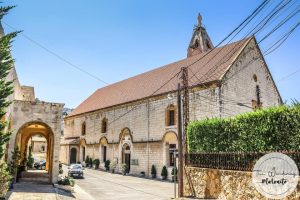
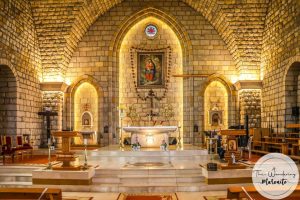
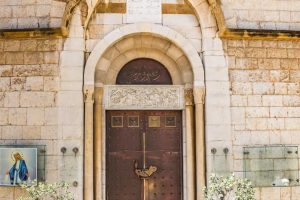
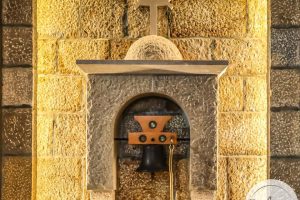
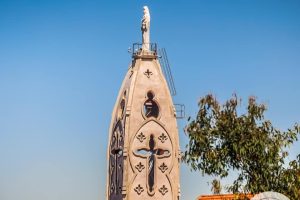
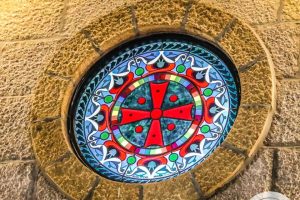
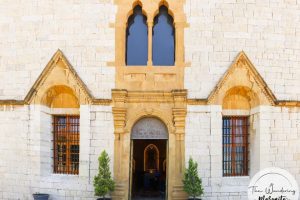
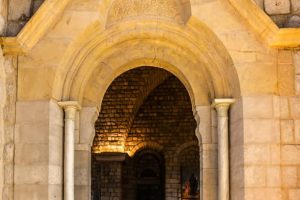
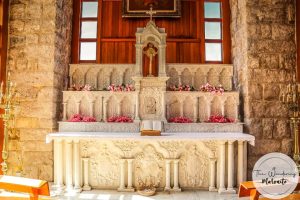
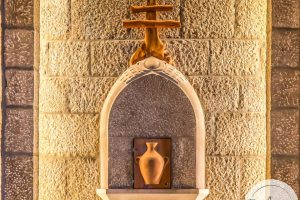
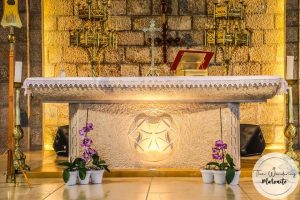











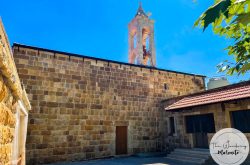
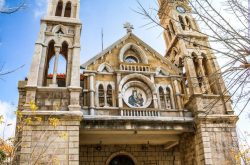
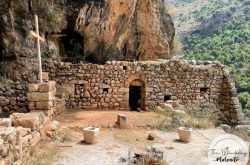
Reviews are disabled, but trackbacks and pingbacks are open.